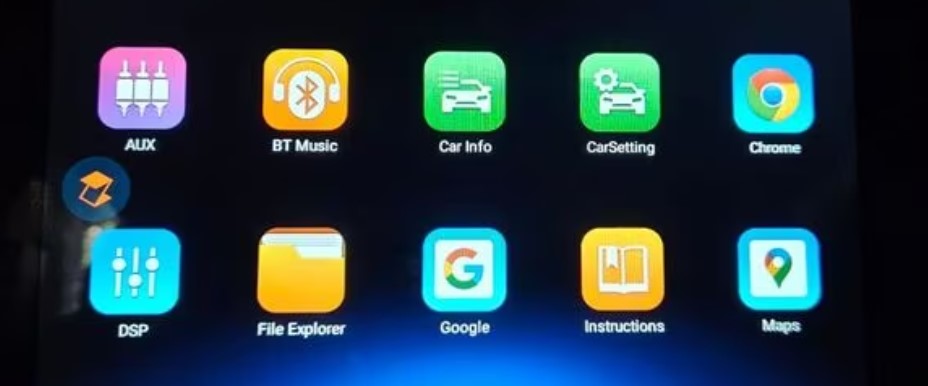views

In the realm of automotive technology, the evolution of Car Infotainment Systems has been nothing short of revolutionary. What began as simple radio receivers has now transformed into sophisticated multimedia hubs, seamlessly integrating entertainment, navigation, communication, and vehicle controls. The story of this evolution is a fascinating narrative that highlights the relentless pursuit of innovation and the convergence of technology within the automotive industry.
The journey of in-car infotainment systems traces back to the early 1930s when the first car radio was introduced. Initially, these radios were standalone devices installed within the dashboard, providing drivers and passengers with access to news, music, and entertainment during their journeys. Over the years, advancements in radio technology enabled the integration of FM and AM bands, offering a wider range of audio content.
The true turning point came with the dawn of the digital age. In the 1980s and 1990s, compact disc (CD) players became a popular addition to in-car entertainment systems, offering improved audio quality and the ability to play a selection of CDs. The integration of CD players marked a significant leap forward in automotive infotainment, catering to the evolving tastes and preferences of consumers.
As the new millennium approached, the automotive industry witnessed a paradigm shift with the emergence of GPS navigation systems. These navigation units, initially separate from the audio system, provided drivers with real-time maps, turn-by-turn directions, and points of interest. The integration of GPS technology into in-car infotainment systems laid the foundation for more advanced functionalities and features.
The dawn of the 21st century brought forth another milestone in the evolution of in-car infotainment: the rise of touchscreen interfaces. With the proliferation of smartphones and tablets, consumers grew accustomed to intuitive touch-based interactions. Car manufacturers recognized this trend and began incorporating touchscreen displays into their infotainment systems, offering users a familiar and user-friendly interface for accessing various features and applications.
In parallel, advancements in connectivity technology paved the way for the integration of smartphones with in-car infotainment systems. Apple CarPlay and Android Auto emerged as key players in this space, allowing seamless integration between smartphones and car displays. Drivers gained access to a host of smartphone features, including music streaming, messaging, and navigation, all while maintaining their focus on the road.
The evolution of in-car infotainment systems did not stop at entertainment and navigation. With the advent of vehicle telematics, manufacturers began exploring new avenues for enhancing the driving experience. Telematics systems, powered by onboard sensors and wireless communication, provided drivers with valuable insights into their vehicle's performance, diagnostics, and maintenance needs.
In recent years, the concept of connected cars has gained momentum, ushering in a new era of automotive innovation. The integration of Internet connectivity into in-car infotainment systems has unlocked a world of possibilities, from over-the-air software updates to cloud-based services. Drivers can now access a wealth of information and services directly from their vehicles, transforming the driving experience into a seamless and immersive journey.
One notable player in the realm of automotive infotainment is UNO MINDA, a global leader in automotive components and solutions. With a rich history of innovation and engineering excellence, UNO MINDA has been at the forefront of shaping the future of in-car infotainment systems. Leveraging cutting-edge technology and industry expertise, UNO MINDA continues to push the boundaries of what's possible, delivering solutions that redefine the driving experience for consumers worldwide.
Looking ahead, the evolution of in-car infotainment shows no signs of slowing down. As automotive technology continues to evolve, we can expect to see further integration of artificial intelligence, augmented reality, and advanced driver-assistance systems into infotainment platforms. The car of the future will not only be a mode of transportation but also a personalized digital ecosystem, seamlessly connecting drivers to the world around them.
In Conclusion, the story of the evolution of in-car infotainment systems is a testament to human ingenuity and technological progress. From humble beginnings as radio receivers to the sophisticated multimedia hubs of today, these systems have transformed the driving experience in ways once thought unimaginable. As we embark on the next chapter of automotive innovation, one thing is certain: the journey towards smarter, safer, and more connected vehicles has only just begun.






















Comments
0 comment